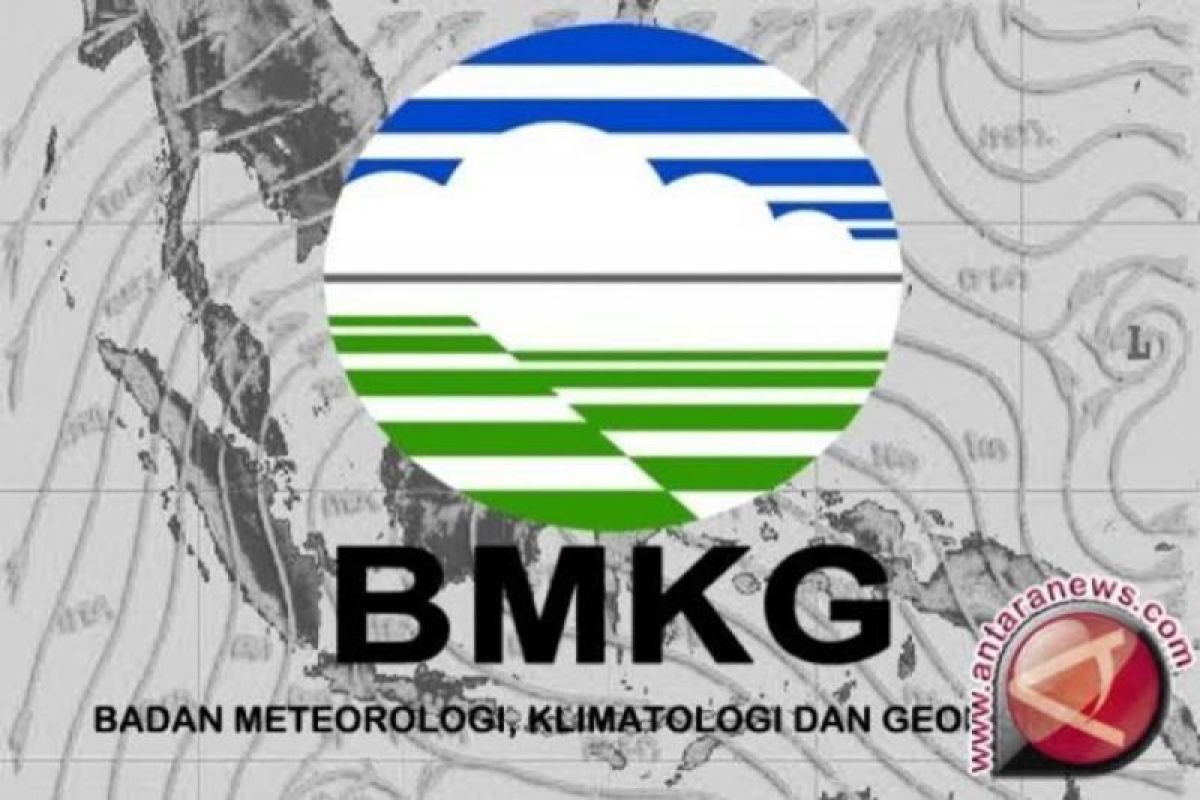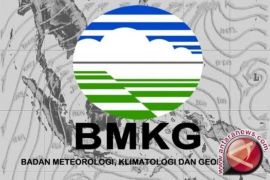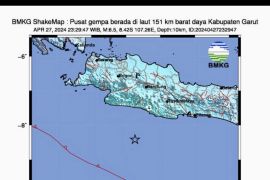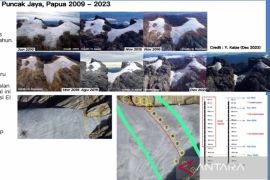Based on the official BMKG website here on Thursday, heavy rains are projected to lash several areas starting from Aceh, North Sumatra, West Sumatra, Riau, Riau Islands, Bengkulu, Jambi, South Sumatra, Bangka Belitung Islands, Lampung, Banten, West Java, Central Java, Yogyakarta, and East Java.
West Nusa Tenggara, West Kalimantan, Central Kalimantan, North Kalimantan, East Kalimantan, South Kalimantan, North Sulawesi, Gorontalo, Central Sulawesi, West Sulawesi, South Sulawesi, Southeast Sulawesi, North Maluku, Maluku, West Papua, and Papua will also receive torrential rains.
Heavy rains in several areas, such as Aceh, South Sumatra, Bangka Belitung Islands, West Java, Yogyakarta, East Java, West Nusa Tenggara, North Kalimantan, and South Kalimantan, will be accompanied by strong winds.
Rain in areas, such as Aceh, West Sumatra, Riau, Bengkulu, Jambi, South Sumatra, Bangka Belitung Islands, Lampung, West Java, DKI Jakarta, Central Java, Yogyakarta, and East Java, is also classified as a rainstorm, as it is accompanied by lightning.
Related news: BMKG projects moderate-to-heavy-intensity rains at dry season onset
Rainfall in Bali, West Nusa Tenggara, East Nusa Tenggara, West Kalimantan, Central Kalimantan, North Kalimantan, East Kalimantan, South Kalimantan, North Sulawesi, Gorontalo, North Maluku, Maluku, and West Papua is also accompanied by lightning.
Meanwhile, BMKG forecaster Efa Septiani stated that the Madden Julian Oscillation (MJO) has been identified to still be active, coupled with the Equatorial Rossby waves, thereby contributing to increasing rainfall in Indonesia.
Septiani said that the MJO is located in the Indian Ocean, while the Equatorial Rossby waves are in northern Sumatra, East Kalimantan, Central Sulawesi, and southern Papua.
"In addition, the seeds of Tropical Cyclone 91S were observed in the Indian Ocean, west of Sumatra, which have an indirect impact in the form of sea waves (reaching) as high as 1.25 to 2.5 meters," she stated.
Related news: BMKG predicts global warming, climate change to continue in 2024
Translator: Astrid Faidlatul Habibah, Katriana
Editor: Yuni Arisandy Sinaga
Copyright © ANTARA 2024












